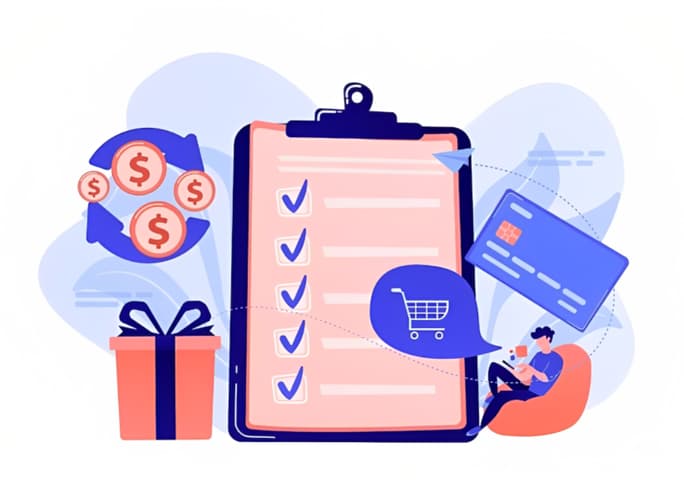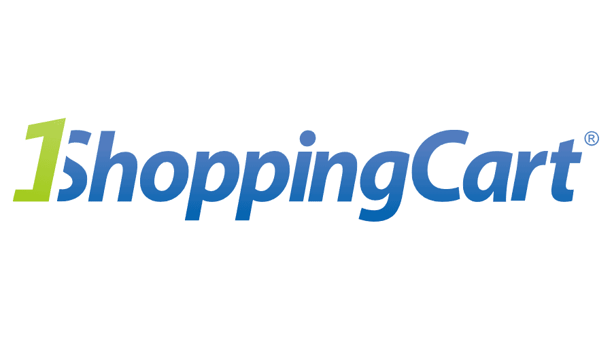
Pricing a product is one of the most critical decisions a business can make. It can determine the success or failure of a product, and even the entire business.
Whether you are a big brand, a brick-and-mortar store, an online shop, or a blogger adding eCommerce to WordPress site, pricing your product/service should be in your priority list.
Setting the right price for a product can increase sales, improve profit margins, and create customer loyalty. Conversely, setting the wrong price can lead to a decrease in sales, reduced profits, and a tarnished brand image.
Price also plays a crucial role in brand positioning. A high price can create a perception of exclusivity and luxury, while a low price can create a perception of affordability and accessibility. Companies must ensure that the price aligns with their brand image and target customer base.
What is Product Pricing Exactly?
Product pricing is the process of determining how much to charge for a product. It involves considering various factors such as the cost of production, the competition, the target market, and the perceived value of the product.
A business must set a price that is high enough to cover the cost of production and generate a profit but low enough to remain competitive in the market.
The perceived value of the product is also critical in determining the price. A product that is perceived to be of higher quality, innovative, or unique can be priced higher than a similar product that is not perceived to have these qualities.
Pricing strategies can also be used to achieve specific business goals, such as launching a new product, gaining market share, or positioning the brand.
For example, Apple's pricing strategy is based on creating a perception of exclusivity and luxury while remaining competitive in the market.
Apple's products are priced higher than many of its competitors, but this pricing is based on the perceived value of its products. Apple products are known for their high quality, innovative design, and unique features, which create a perception of value in the minds of consumers.
How Should You Price Your Product?
Are you a business launching a diverse product line? Are you a brand going to set up an online shop? Are you a blogger thinking of adding eCommerce to a WordPress site using website builder tools like Shoprocket to make it a fully-functional eCommerce site?
Whoever you are, pricing a product should be on your priority list.
Now, the question is: What’s the best way to price a product?
There are 3 steps to do so:
1. Calculate your per-product variable costs
2. Include profit margin for higher earnings
3. Consider fixed costs
Calculate Your Per-product Variable Costs
The first step in pricing your product is to determine the per-product variable costs. Variable costs are the expenses that vary depending on the number of products produced, such as materials, packaging, and shipping.
To calculate the per-product variable costs, you need to add up all the costs associated with producing one unit of the product. This will give you the baseline price that you need to cover with your product price.
Include Profit Margin for Higher Earnings
After determining the variable costs, you need to add a profit margin to the price. This is the amount that you want to earn above and beyond the variable costs.
Profit margin is usually expressed as a percentage of the total cost. The profit margin you choose will depend on your business goals, industry, and competition.
A higher profit margin will lead to higher earnings, but it may also make your product less competitive.
Consider Fixed Costs
In the final step, you need to consider fixed costs when setting your product price. Fixed costs are expenses that do not change regardless of the number of products produced, such as rent, salaries, and utilities.
You need to ensure that the price you set covers both the variable and fixed costs and provides a reasonable profit margin. If the price you set is too low, you may not be able to cover your fixed costs, and your business may suffer.
Let’s take an example to understand each step:
Step 1: Calculate your per-product variable costs
Let's say you're running a small business that produces handmade candles. To determine the variable costs, you would add up the costs of the wax, wick, fragrance oils, and packaging materials for each candle. Let's say the total cost per candle is $2.
Step 2: Include profit margin for higher earnings
Next, you would add a profit margin to the price. Let's say you want to make a profit of $2 per candle, so you would double the per-product variable cost to $4. Alternatively, you could add a profit margin of 50%, which would bring the total price to $3 per candle.
Step 3: Consider fixed costs
In the end, you need to consider the fixed costs associated with running your business. Let's say you have monthly fixed costs of $1,000, which include rent, utilities, and salaries.
To cover these costs, you would need to sell at least 250 candles per month. If you're selling the candles for $3 each, you would generate $750 in revenue per month (assuming you sell 250 candles).
This would not be enough to cover your fixed costs and variable costs, so you may need to adjust the price or increase your sales volume to achieve profitability.
Try and Test Different Pricing Strategies
Testing different pricing strategies is a critical step when pricing a product because it helps you identify the most effective pricing strategy for your business.
Different pricing strategies can have a significant impact on your sales volume, revenue, and profitability, so it's essential to experiment with different approaches to find the best fit for your product and market.
There are several reasons why you should test different pricing strategies, including:
Understanding your customers
Customers have different expectations and willingness to pay, and testing different prices can help you identify the sweet spot that maximizes sales and revenue. By analyzing how customers respond to different prices, you can gain insights into their behaviour and adjust your pricing strategy accordingly.
Staying competitive
The market is constantly evolving, and competitors may be using different pricing strategies to gain an advantage. Testing different pricing strategies can help you stay competitive and respond to changes in the market.
Achieving business goals
Different pricing strategies can help you achieve different business goals, such as maximizing revenue or increasing market share. Testing different strategies can help you determine which approach works best for your business.
Identifying opportunities
Testing different pricing strategies can also help you identify untapped opportunities, such as new customer segments or product features that are highly valued by customers. By testing different prices, you can identify these opportunities and tailor your pricing strategy accordingly.
To test different pricing strategies effectively, you need to develop a pricing experiment plan that includes the following steps:
Define your pricing objectives and hypotheses
Develop pricing scenarios
Select your test group
Run the experiment and collect data
Analyze the results and make adjustments
By following these steps, you can gain valuable insights into how different pricing strategies impact your business and make informed decisions about your pricing strategy going forward.
Conclusion
Pricing a product can be a daunting task for businesses, as it can make or break their success. However, setting the right price is crucial in increasing sales, improving profit margins, and creating customer loyalty.
In determining the price, businesses must consider various factors such as the cost of production, competition, target market, and perceived value.
Calculating the per-product variable costs, including profit margin, and considering fixed costs are the three steps to set the right price. Testing different pricing strategies is also important to identify the most effective approach for a product and its market.






